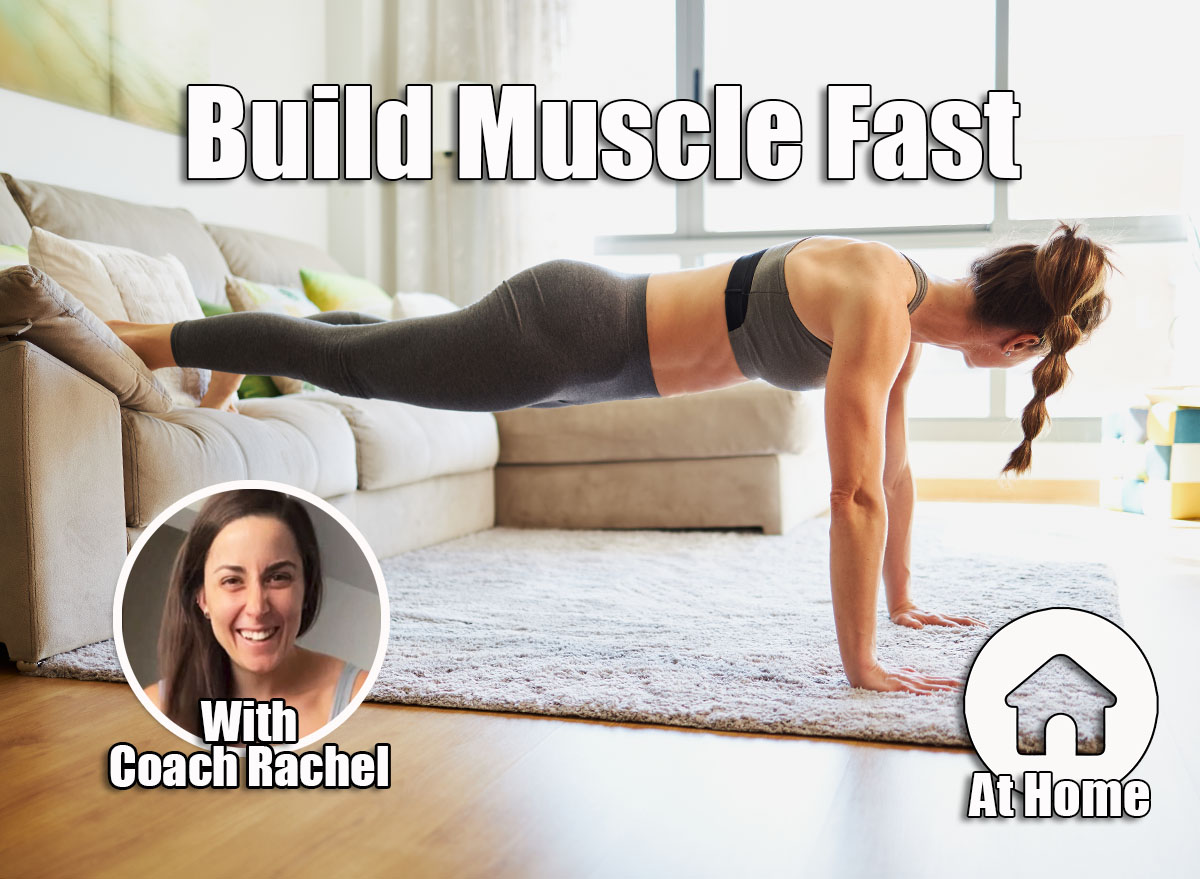Many people turn to walking as their go-to source of exercise—and for good reason. It’s accessible, affordable, and doesn’t require any equipment. Plus, this low-impact workout is gentle on the joints and can be an effective calorie burner. But possibly the best of all, walking allows you to get outdoors and explore nature. The trail possibilities are endless. But if walking is your main form of movement, here’s exactly how to make every step count.
What To Focus On
In order to get fit on walking alone, we consulted Luke Jones, certified personal trainer at HERO Movement, who breaks down what to focus on.
Be Consistent
“Little and often is the way to create a sustainable habit,” Luke tells us. “Regular, short daily walks (15–60 mins, depending on your baseline) are my preference vs occasional long ones.”
Tune In
Lacing up your sneaks and heading out for a brisk walk can be a great opportunity to disconnect from the craziness of the day and reconnect with your body.
“Music, podcasts, audiobooks and loved ones can all be great company, but heading out solo without any distractions can also be valuable,” Luke says.
Progress
As time passes, you can add more distance to your walks, bump up your speed, and increase terrain variation.
How to Make Your Daily Walk Burn More Fat and Build Muscle
Luke suggests several ways you can add to your daily walk to build muscle and burn more fat.
Add Weights


Wearing a rucksack with weight plates or a weighted vest is a stellar way to turn your regular walk into a strength training session.
“This increases the metabolic demand and can help build strength through the lower body and core without needing to move faster,” Luke explains.
Use Hiking Sticks


Hiking poles or sticks actually help you engage more muscle groups during your walk, including the arms, back, and shoulders.
“This increases the caloric demand while simultaneously reducing the perceived effort,” says Luke. “In short, you can burn more calories, but your walk feels easier at the same time.”
Incorporate Intervals


If you really want to turn your walk into a fat-burning session, consider intervals. Alternate your walk between a fast pace and slow recovery periods.
Luke suggests, “Two minutes brisk, one minute steady. This adds a slightly different cardiovascular challenge and keeps things interesting.”
Add Mini-Strength or Mobility Sets


Stop every five to 10 minutes to perform some mobility drills or a set of bodyweight exercises such as pushups, lunges, squats, or stretches on a bench.
“You’ve now got yourself a hybrid session that hits strength, mobility and cardio in one,” Luke points out.
Add Variables to Your Route


Little tweaks in your walk can make a major difference.
“Brisk walking (where you can talk but not sing) pushes your heart rate into a moderate intensity zone, great for building your aerobic base without placing huge recovery demands on your nervous system,” Luke explains.
Incorporating hills or inclines instantly makes your walking workout more intense and works the hamstrings, glutes, and calves harder.
In addition, maintaining a tall posture, activating your core, and naturally swinging your arms helps enhance muscle activation and efficiency.














Leave a Reply